Sometimes it can be challenging for parents to get their children excited about travel and going to new exotic places. Cultural and nature experiences are often decried as “boring” by the little ones, and it can be hard to find activities that appeal to the whole family outside of lounging at a beach or in a resort. One of the best ways to get everyone excited and engaged, even very young travellers, is to have a focus on the fun and exciting festivals that abound in Southeast Asia.
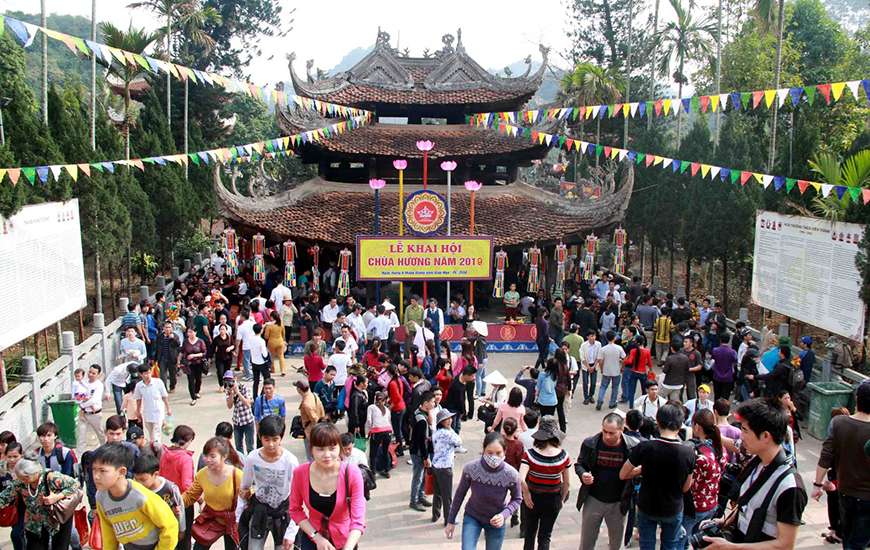
Festival time in Hanoi.
In Vietnam, Tet reigns supreme as the biggest and most popular holiday. Celebrated on the lunar New Year, usually in February, the whole country explodes in week long festivities including parades, fireworks and flower gifting.
Another great festival sure to inspire anyone’s imagination is the Hoi An Lantern Festival. Held every month on the 14th lunar day, all electric lights in the city are turned off, making way for an astounding number of lanterns in every colour of the rainbow.
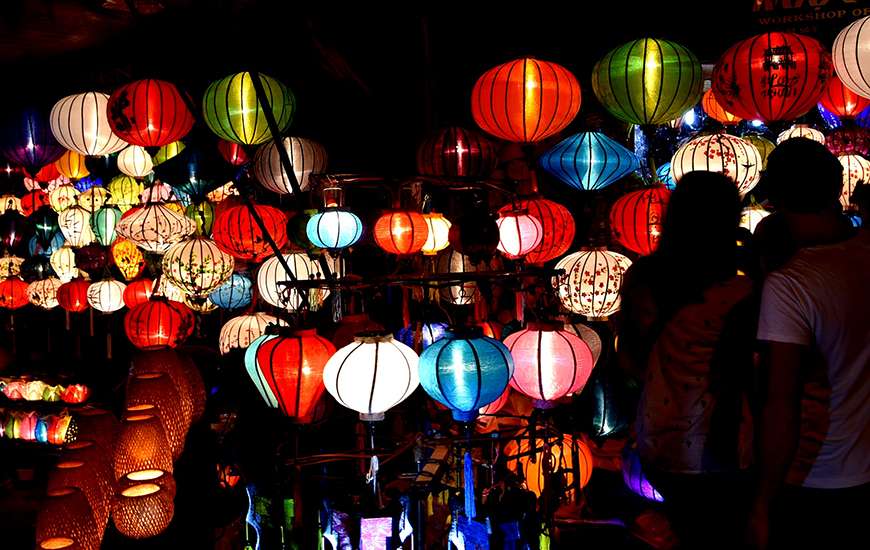
The Hoi An lantern festival is an utterly unique experience.
Laos and Thailand share their biggest festival, called Songkran in Thailand and Pi Mai in Laos. The festival celebrates the Buddhist New Year, and is also commonly known as the “Water Festival” by foreigners. Over the course of three days, the streets of various cities erupts into an intense water war featuring water-guns, spray bottles and even entire buckets dunked on your head if you’re not vigilant. Everyone is fair game during the festival, and you’ll have to look long and hard for a festival that appeals more to families with children than this one. The best places to celebrate are in Chiang Mai and Bangkok, Thailand and Vientiane and Luang Prabang, Laos.
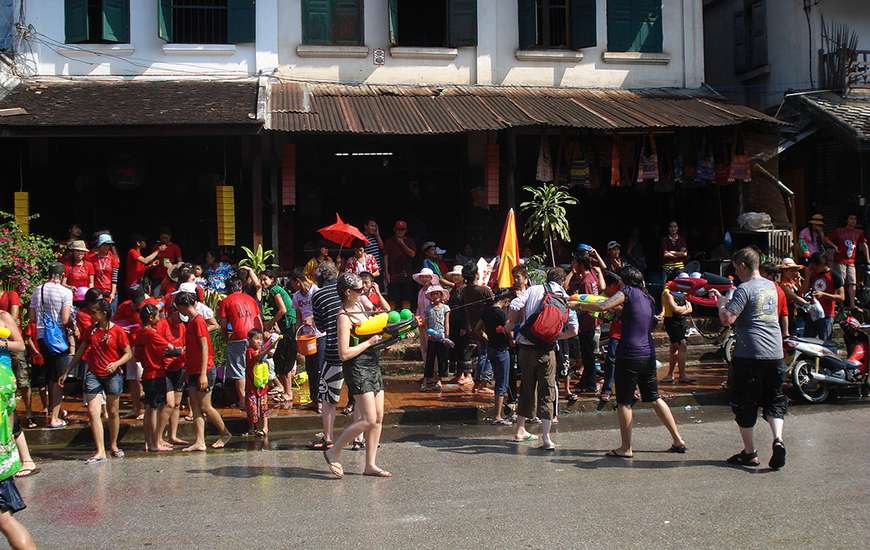
For Songkran and Pi Mai, the streets of Thai and Laotian cities turn into running warzones for water-fights.
With its many different cultures and ethnicities, it’s perhaps no surprise that there’s a great number of different new years celebrations that you can centre your festival package around. Besides the Buddhist New Year mentioned, there is also the Hmong New Year in Northern Vietnam and Laos, where traditional Hmong people celebrate their New Year with games and performances, and Chinese New Year, best enjoyed in Bangkok’s Chinatown. These are held in December and February respectively.
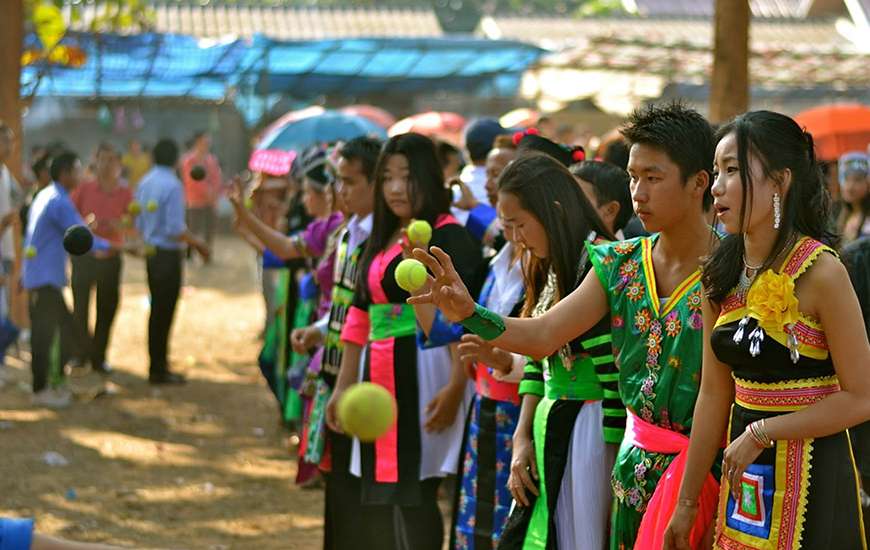
Traditional courting ritual during H’mong new-year.
Another exciting family-friendly festival in Laos is Boun Suang Heua. Celebrated in every major town and city along the Mekong, it consists of a weekend of boat racing held in either September or October depending on the year. Standing on the riverbank and watching the boats fly past is great fun for people of all ages.
Animals are always a hit with family groups, and Lopburi Monkey Banquet has you covered here. The celebrations take place in Lopburi like the name suggests, and consists of creating giant buffet style banquets for the macaques that live in the town. Kids are sure to love watching the monkeys descend from their trees and gorging themselves and the food presented. There are also huge numbers of food stalls serving humans rather than monkeys, where your taste buds can revel at the richness provided. The festival takes place on the final Sunday of November.
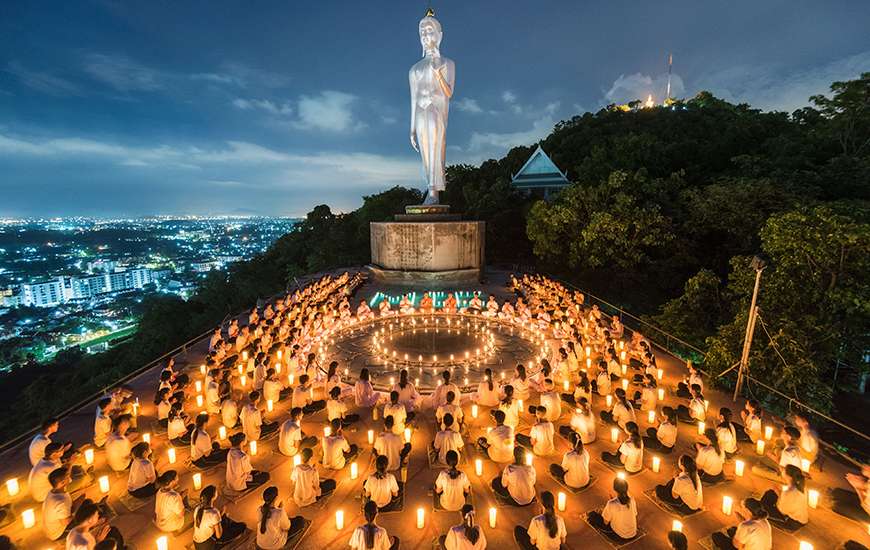
Celebrating Buddha’s birthday in Cambodia.
Cambodians love a reason to celebrate, and the country observes dozens of festivals every year. One of the best to experience as an outsider is the Victory Day celebrations on the 7th of January celebrating the fall of the Khmer Rouge. The festival is generally a sombre affair, acting as remembrance for the victims of the genocide, but this makes it a highly educational affair, and at night you can enjoy the firework show.
Another great festival in Phnom Penh is the Water Festival. Not to be confused with the Buddhist New Year in Thailand and Laos, this is another celebration where you can expect to be dunked with water, though with less frequency than in the formerly mentioned festivals. The festival lasts for three days and usually occurs in November.
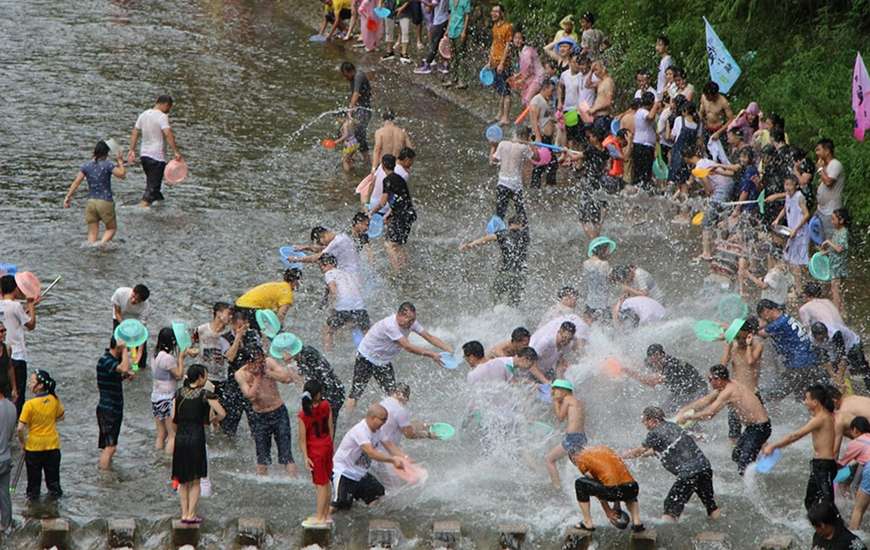
The Phnom Penh water festival in full gear.
These are by no means all the festivals in Southeast Asia, nor even all the family-friendly ones, but they represent a cross section of what we consider the most exciting and interesting festivals in all four countries.